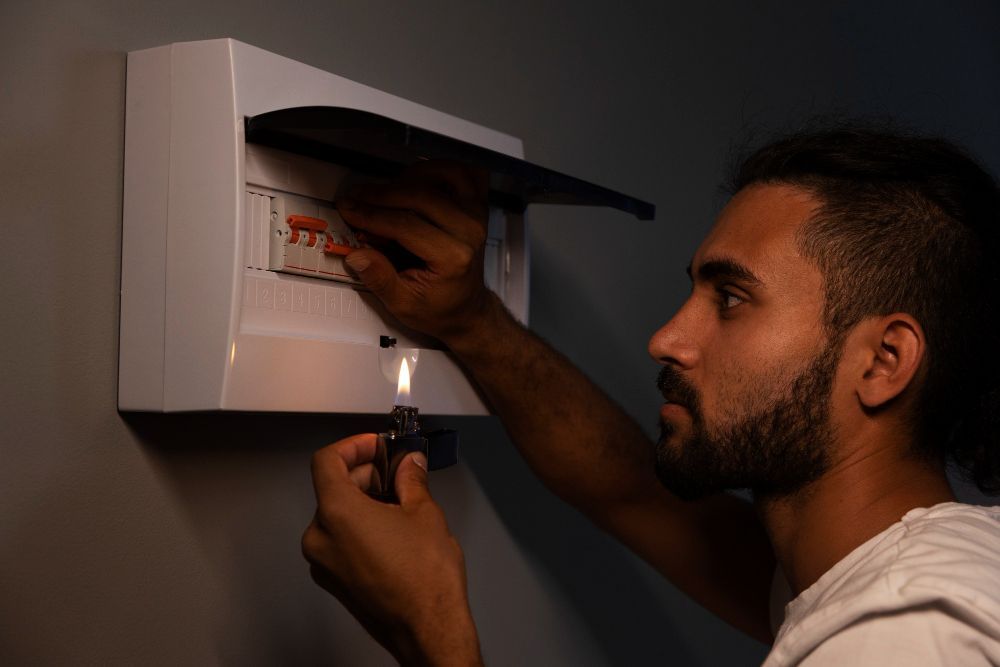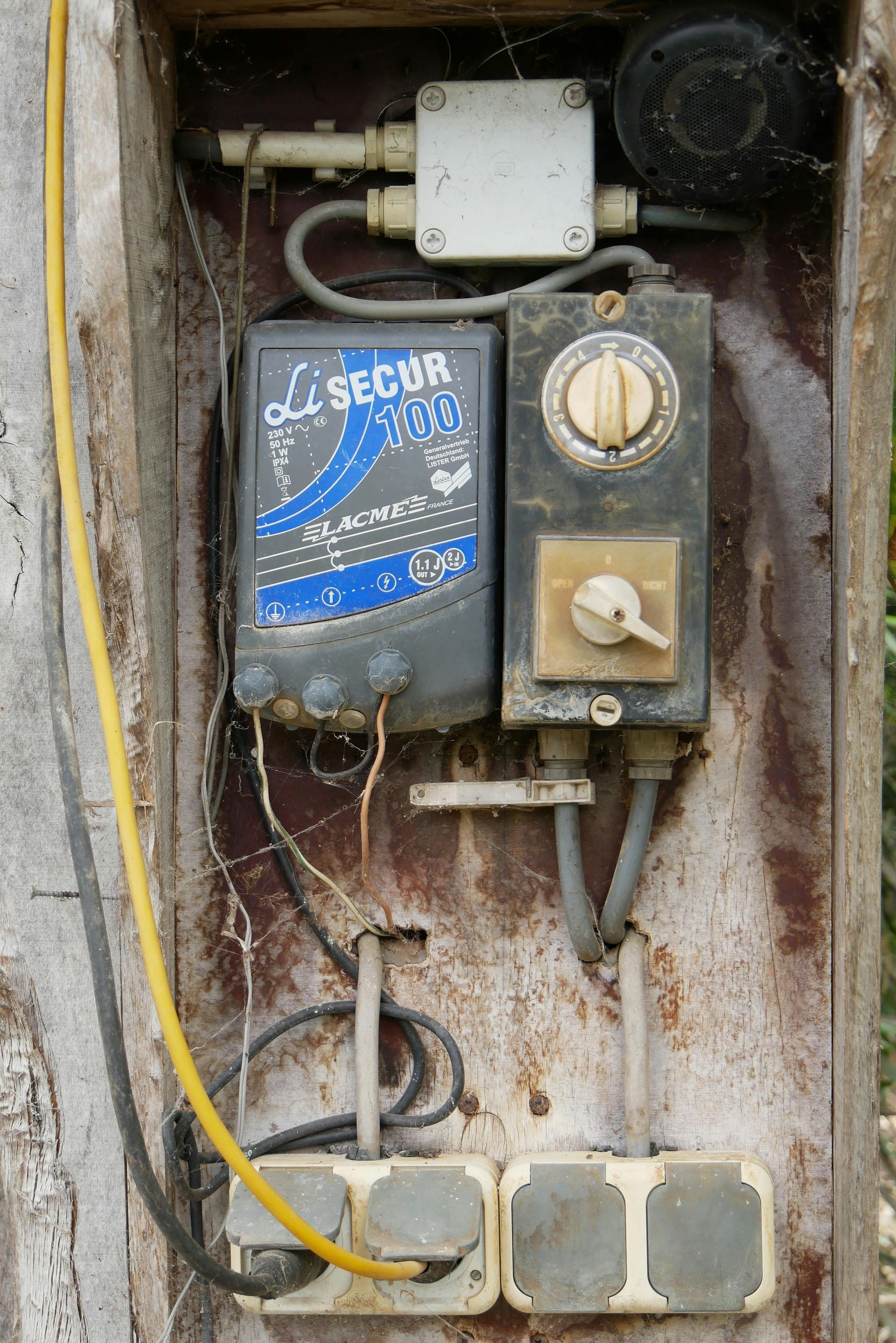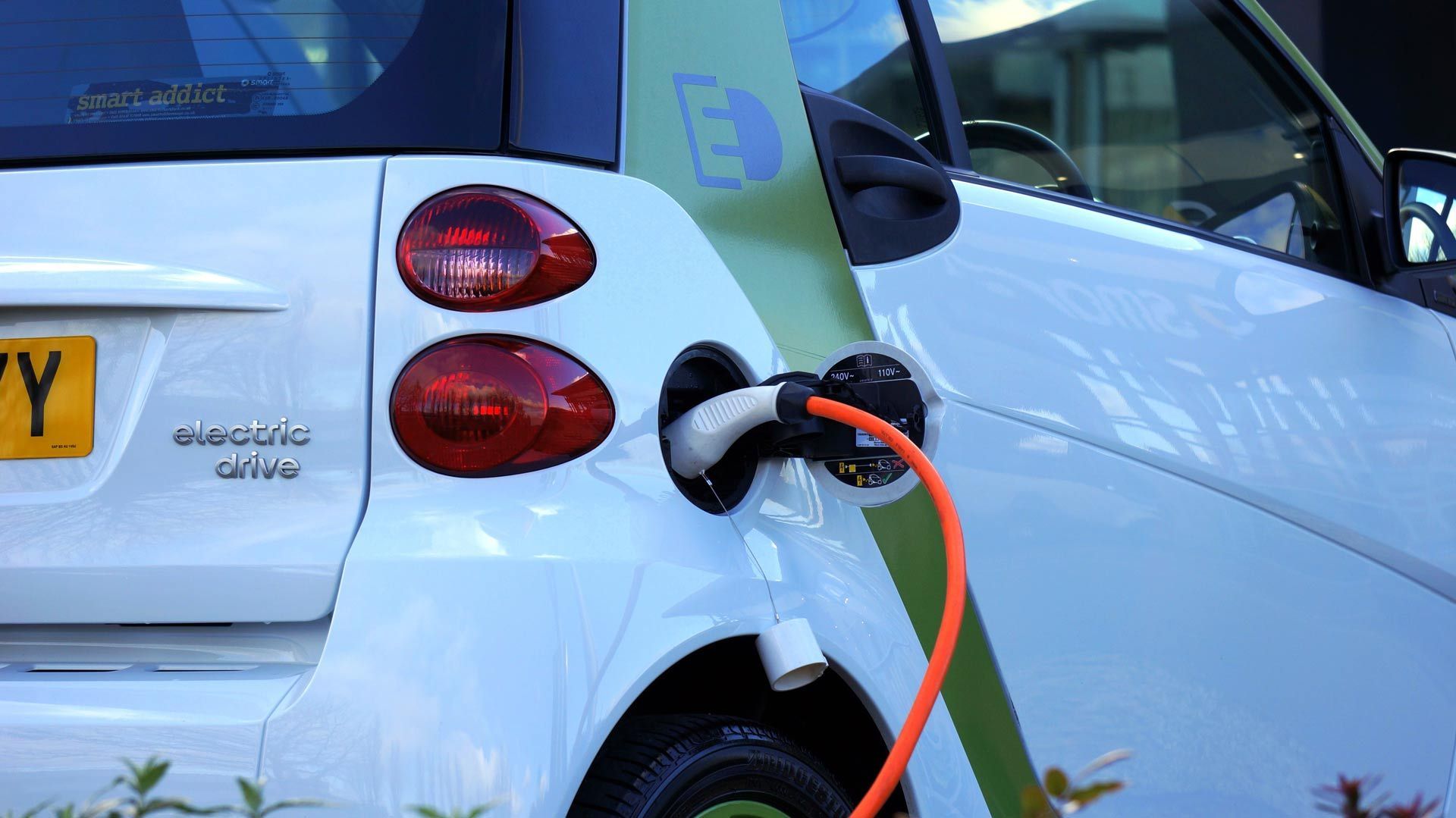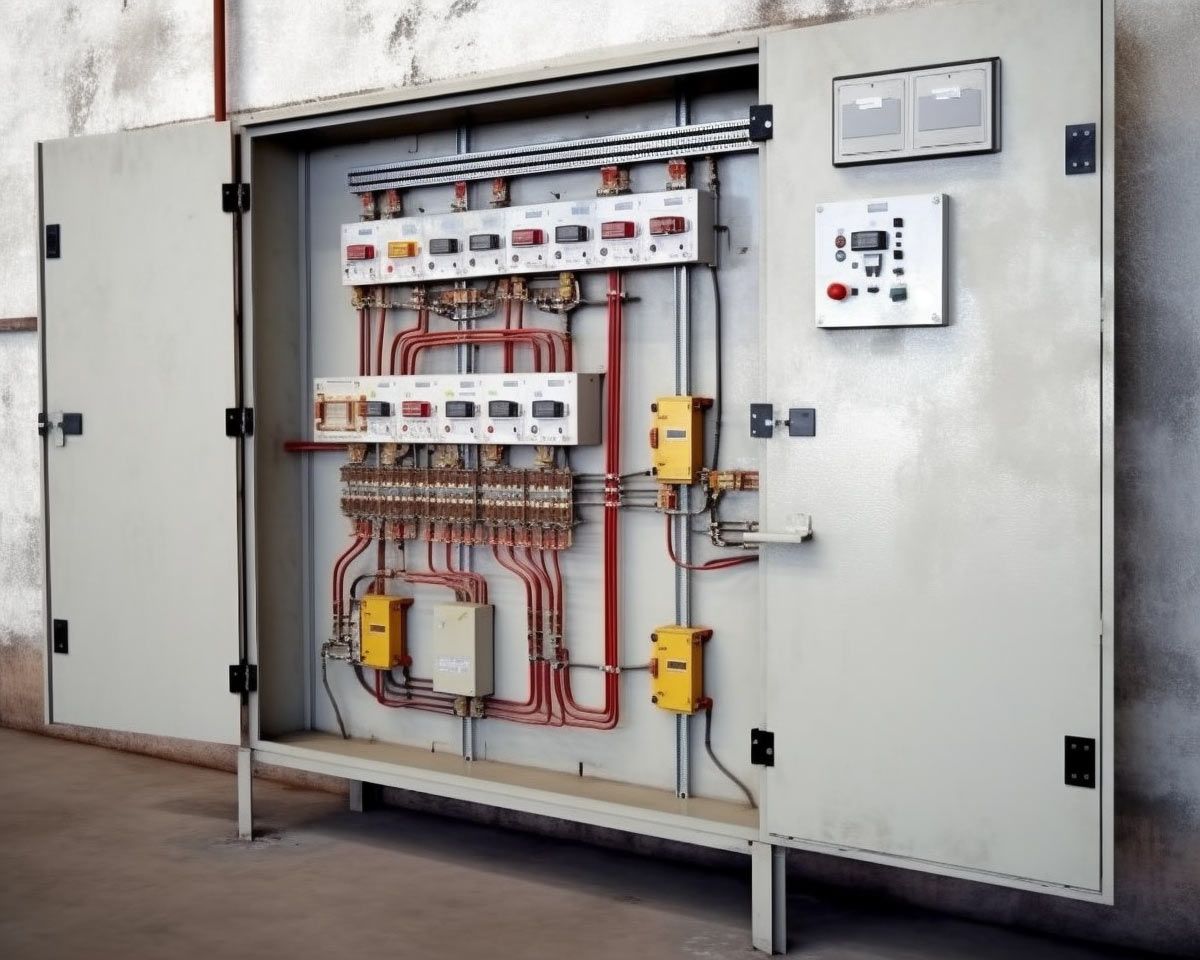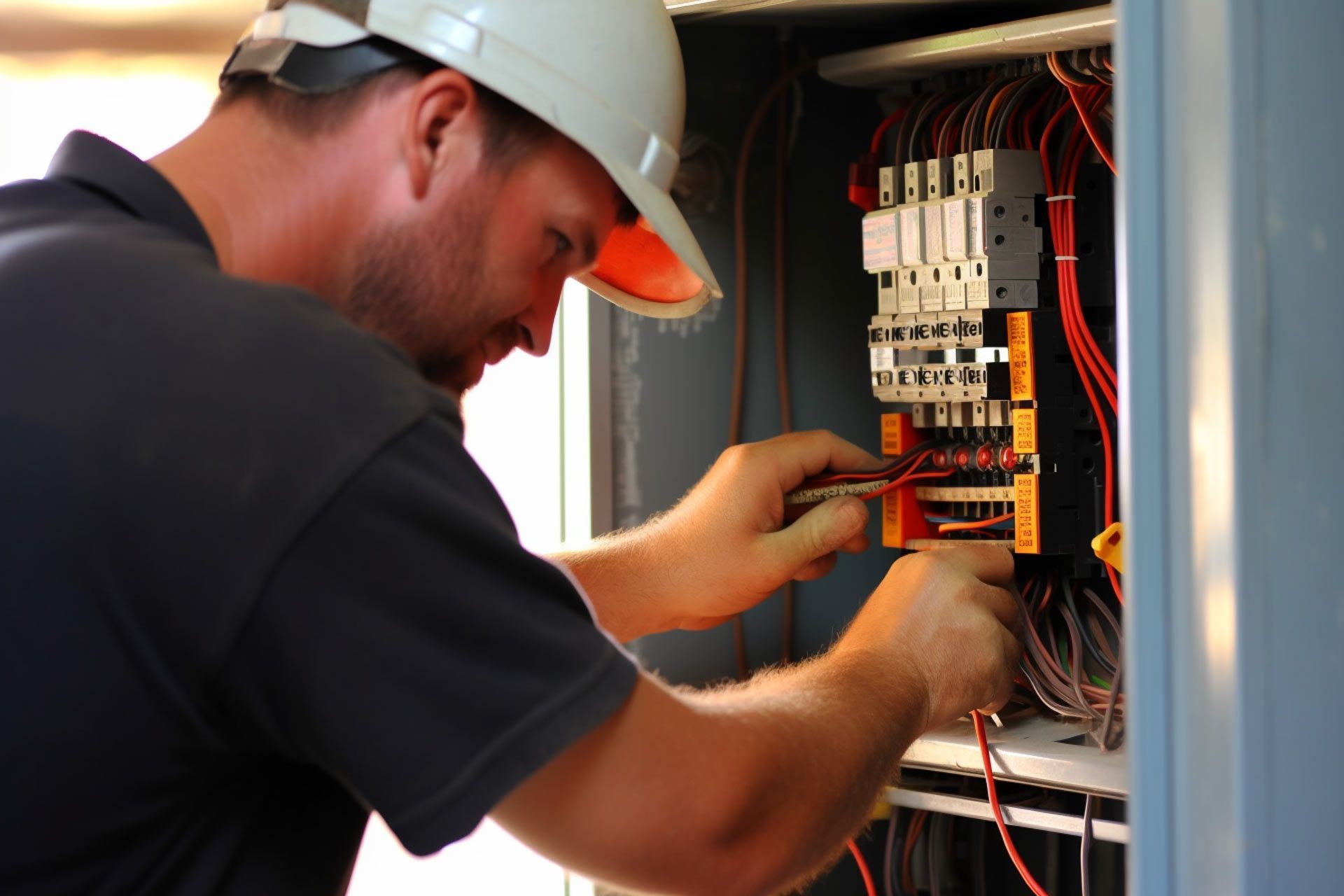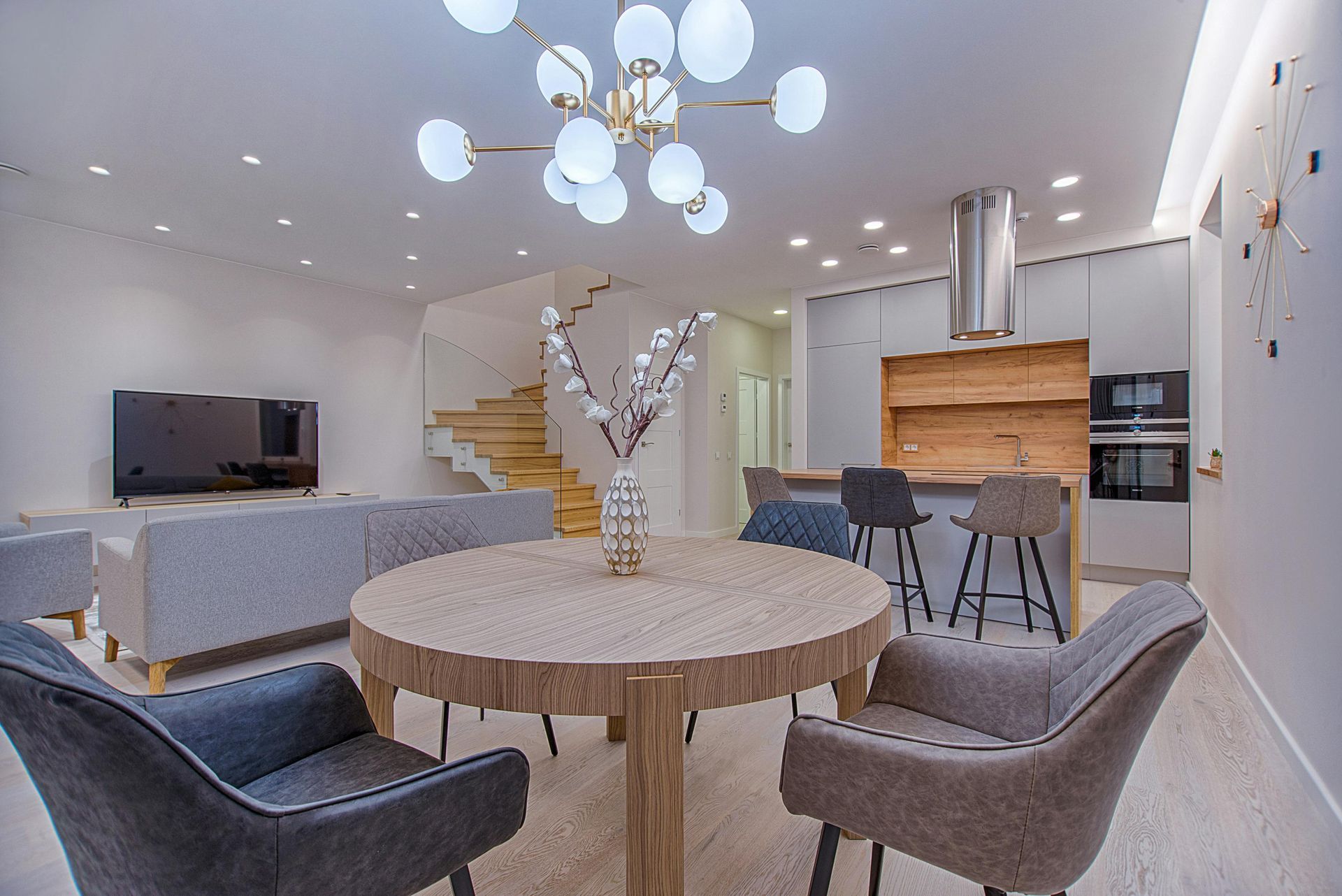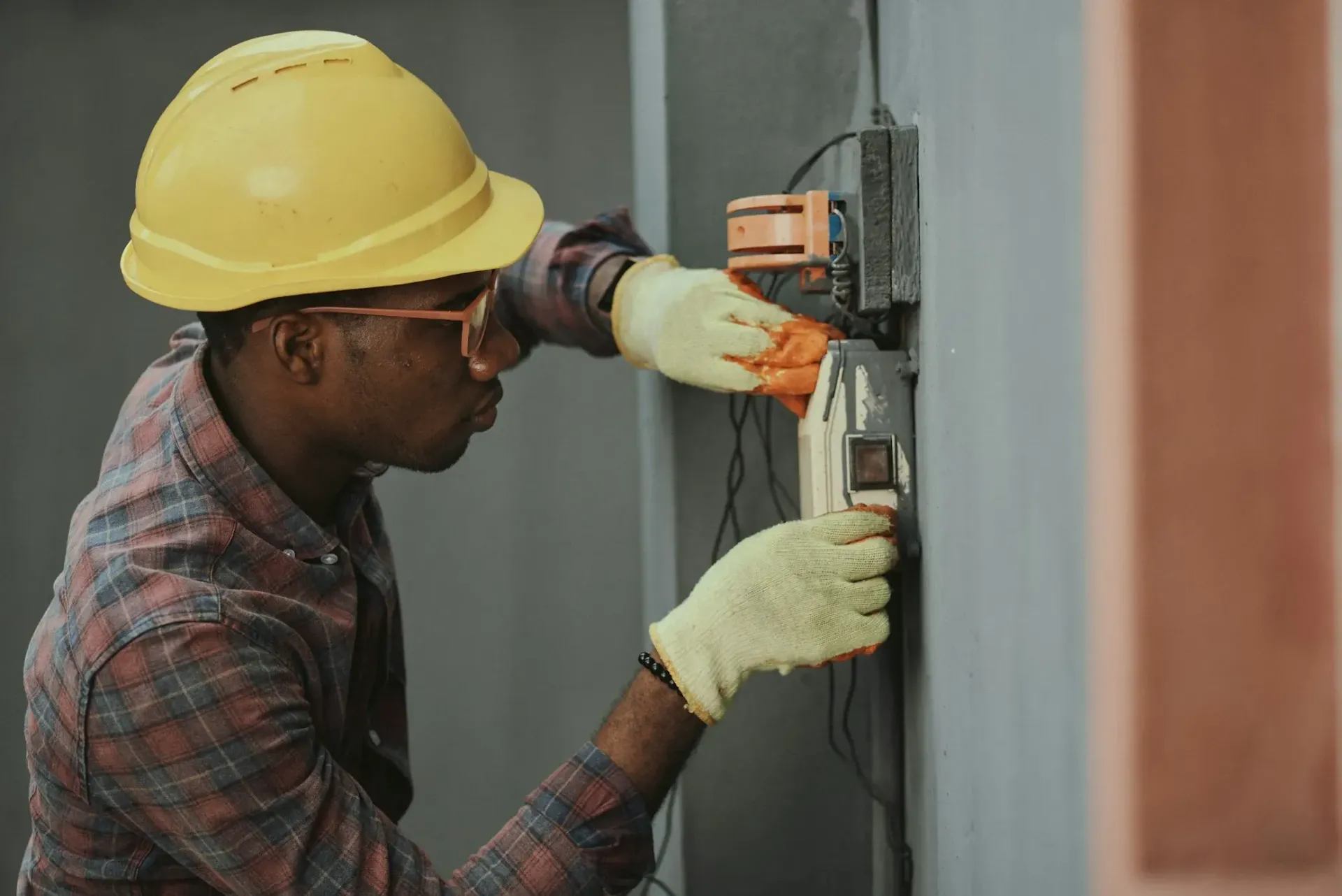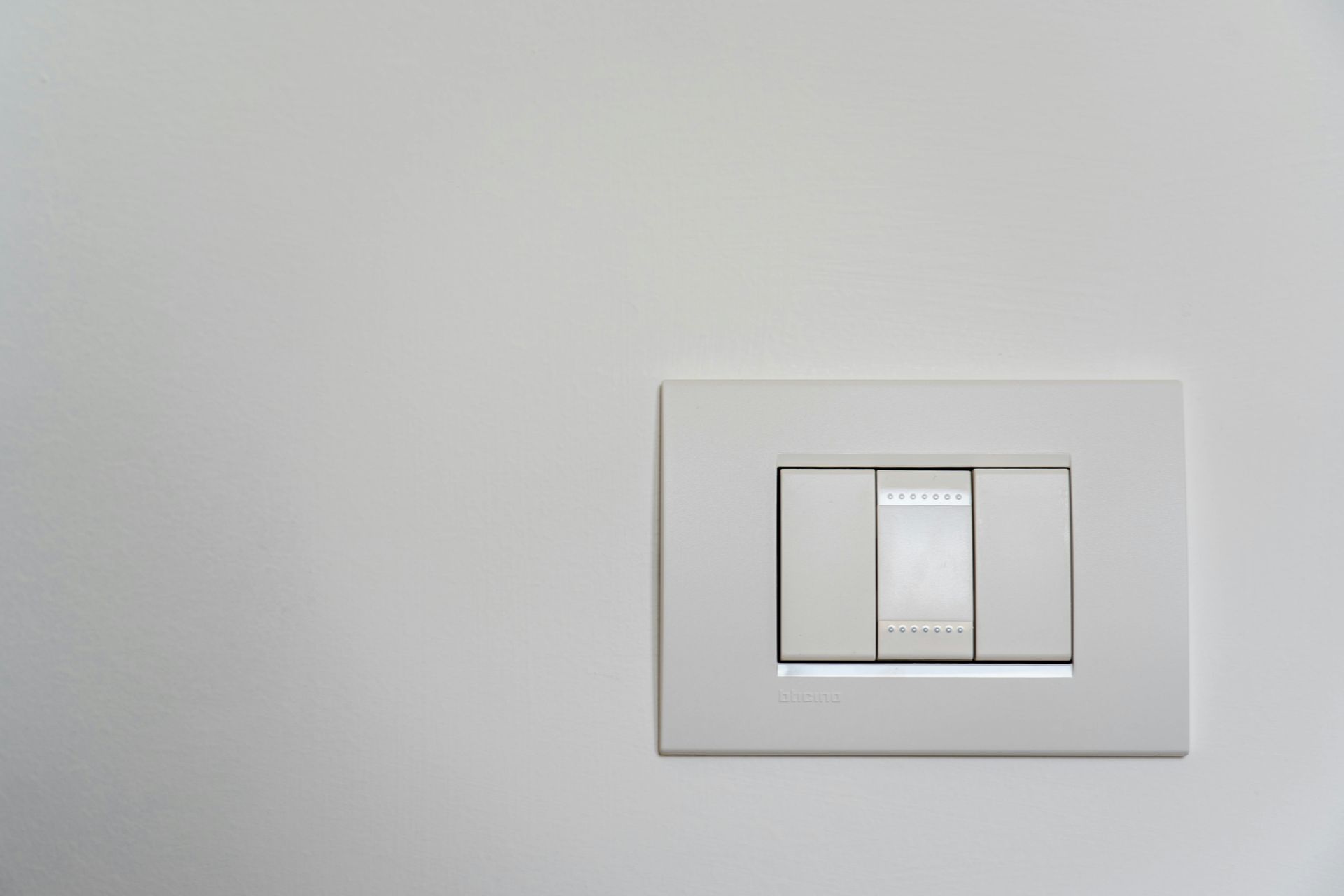How Solar Panels Can Work Without the Sun

Introduction
Many people think solar panels need direct sunlight to work, but that’s not always true. While solar panels do work best in full sun, they can still produce electricity even when the sun is not shining. Thanks to modern technology, solar panels can work in indirect sunlight, shade, and even on cloudy days. This makes them a smart choice for homes and businesses in all kinds of weather conditions.
So, can solar panels work without direct sunlight? Yes, they can. Solar cells inside the solar panel are designed to catch different kinds of light, including direct and indirect sunlight. Even during cloudy weather, solar panels will still generate electricity, though the solar panel output may be lower. The amount of sunlight does affect solar panel performance, but your system will still produce electricity as long as there’s enough sunlight coming through the clouds.
When you install solar panels, you don’t have to live in a sunny place to get the benefits. A good solar installer can help design the right solar system for your roof and explain how solar panels perform in your area. Whether you're using residential solar or a bigger solar array, you can still count on steady solar energy. With the right setup, your solar panel system can produce energy all year long—rain or shine.
Understanding Solar Panel Technology
At the heart of how solar panels work lies advanced solar technology. Solar panels are designed to convert light into electricity, irrespective of whether they receive direct sunlight. This ability to produce solar energy is largely attributed to photovoltaic cells, which are crucial components in any solar panel. These cells can harness energy from a spectrum of light sources, not just the sun's rays, enabling them to produce electricity even on cloudy days or in shady conditions. By absorbing light, they generate an electric current, which powers homes and businesses. Their efficiency is such that even during cloudy weather or when only receiving indirect sunlight, solar panels perform impressively, ensuring consistent energy production. This resilience under varied weather conditions amplifies the benefits of installing solar panels, as they can produce power consistently and reduce dependence on traditional power sources.
How Cloudy Days Affect Solar Panels
A prevalent myth surrounding solar panels is that they become almost inactive on cloudy days, making them inefficient energy solutions for regions with frequent overcast conditions. In reality, while direct sunlight is optimal for solar power production, solar panels can still generate significant amounts of electricity even when the skies are gray.
Diffuse sunlight plays a crucial role in this context. On overcast days, sunlight scatters due to the clouds, resulting in what is known as diffuse light. Rather than coming from a single direction, this scattered light permeates from all around, and solar panels can capture and convert it into electricity. This is why, even on a cloudy day, a solar panel system doesn't come to a halt but continues producing power, albeit at a reduced rate compared to a sunny day. This ability to work on cloudy days and utilize diffuse sunlight effectively underscores the versatility and adaptability of solar technology.
Storing Energy for Night and Cloudy Days
Solar panels have revolutionized how we produce power, capturing sunlight and converting it into electricity. Yet, a common question arises: how do these solar panels work when the sun sets or during extended cloudy days? The answer lies in innovative solar technology, particularly solar batteries. These batteries play a pivotal role by storing excess energy produced during sunny intervals, ensuring a consistent power supply even when solar panels aren't actively generating electricity.
The concept behind this is relatively straightforward. When installing solar panels, homeowners often integrate an energy storage system, commonly known as solar batteries. These batteries capture and store any surplus solar electricity not immediately used by the household. When direct sunlight is lacking, be it during the night or on overcast days, the solar panel system taps into this stored energy, allowing homes to continue operating seamlessly. This cycle ensures that households can maintain a steady power output, proving the adaptability and efficiency of solar power solutions for diverse weather conditions.
Advancements in Low-Light Solar Technology
Solar power has seen significant advancements in technology, particularly in the realm of harnessing energy during overcast days and non-peak sunlight hours. The following bullet points highlight these innovations designed to optimize the efficiency of solar panels in varied weather conditions:
- Enhanced Photovoltaic Cells: Upgrades in photovoltaic cells enable solar panels to absorb more sunlight, translating to better energy production even during cloudy weather.
- Bifacial Solar Panels: These solar panels work by capturing sunlight from both their front and rear sides. By making use of direct sunlight and the light reflected off surfaces, they can produce power more effectively, especially when the sun's rays are not direct.
- Advanced Solar Cells Coating: Modern solar panels often come with coatings that minimize reflection and maximize absorption, ensuring they generate electricity efficiently even in low-light situations.
- Adaptive Positioning Systems: Some solar panel systems can now adjust the angle of the panels throughout the day, ensuring they always receive direct sunlight, improving power output even during shady conditions.
- Optimized Inverters: While not directly related to sunlight capture, innovations in inverters, especially when installing solar panels, help in converting the solar electricity more effectively, catering to varied solar power input levels.
- Integrated Solar Batteries: The integration of solar batteries into a solar panel system ensures excess energy produced during peak hours is stored, ready to be used during periods with lesser sunlight.
- Dynamic Solar Panel Designs: Newer designs and layouts of panels are better equipped to handle indirect sunlight and even diffused light, ensuring a steady electricity output regardless of the sun's position.
Maximizing Solar Panel Efficiency
To make the most out of solar power and ensure solar panels perform optimally, consider the following tips:
- Optimal Installation Angle: Installing solar panels at the right angle is crucial for them to receive direct sunlight and produce power most effectively.
- Clear Obstructions: Make sure there are no obstructions like trees, buildings, or other structures that can cast shadows on the panels, especially during peak hours of sunlight.
- Regular Cleaning: Dust, bird droppings, and other debris can reduce the efficiency of solar panels. Regular cleaning ensures maximum sunlight absorption.
- Monitor Panel Health: Utilize monitoring systems to regularly check the solar panel output and overall health of the solar panel system, ensuring they generate electricity consistently.
- Efficient Solar Inverters: Choose inverters that can convert solar electricity optimally, catering to the varying power output levels of the panels.
- Avoid High Temperature: Solar panels work best when they are cool. Installing them in a way that allows for adequate air circulation can help in maintaining their efficiency.
- Solar Trackers: These devices adjust the orientation of solar panels throughout the day to follow the sun's rays, ensuring they always capture maximum sunlight.
- Upgrade to Bifacial Panels: As previously discussed, bifacial panels can capture both direct and indirect sunlight, enhancing energy production even on overcast days.
- Utilize Solar Batteries: Incorporate solar batteries to store excess energy, ensuring a continuous power supply, even when sunlight conditions are not ideal.
The essence of solar power lies in harnessing the sun's energy effectively. Correct installation angle, regular maintenance, and avoiding any obstructions are imperative for solar panels to produce electricity efficiently. In cloudy weather, while the panels might not produce the same amount of energy as on a sunny day, with these precautions and the ever-advancing solar technology, you can significantly optimize the energy production of your solar panels. After all, the more efficiently your solar panels work, the more you can reduce your reliance on the electric grid and embrace renewable energy.
Conclusion
Solar panels have showcased undeniable versatility and resilience, efficiently harnessing energy even under diverse weather conditions. From understanding the nuances of how panels capture both direct and indirect sunlight to leveraging advancements in solar technology, we've delved deep into the world of solar energy, debunking myths and emphasizing their unmatched potential.
At Bar H Bar Electrical Service, we firmly believe in the power of the sun and the capabilities of solar panels to generate energy. If you're contemplating a sustainable and robust energy solution, now is the time to consider solar panel installation with us. Harness the sun, empower the future. For those thinking of maximizing their home's energy efficiency, don't miss our next read: "Upgrading Your Electrical System: What You Need to Know." Dive into the essentials with Bar H Bar Electrical Service and ensure your home is wired for the future.
